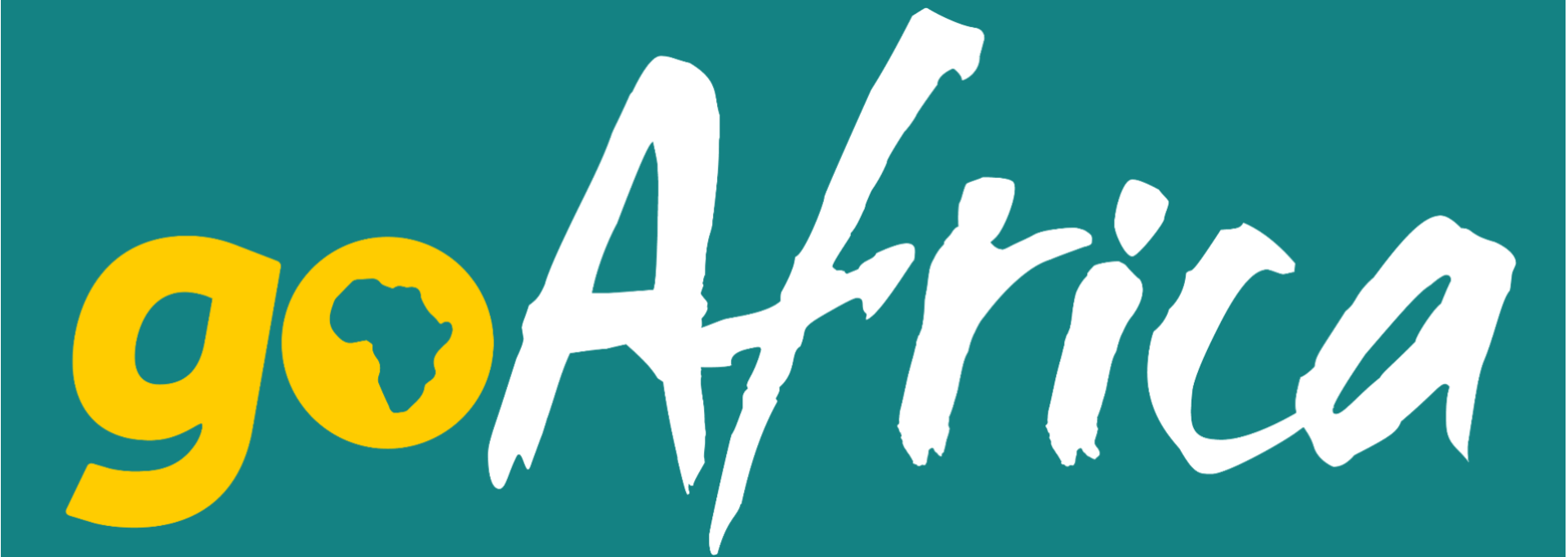Best time to visit Uganda
Uganda’s climate varies in different parts of the country.
The best time to visit Uganda is during its two dry seasons: between December and February, and between June and August, these are the best moths for trekking to see mountain gorillas and chimpanzees. Game spotting in national parks is also best at this time, as well as between February and March.
Uganda’s Wildlife and National Parks
When in Uganda, a tour to BINP (Bwindi Impenetrable Forests National Park), is a must. This Park is part of the Bwindi Impenetrable Forest, it is accessible only on foot.
The Park provides habitat for over 100 species of mammals, over 350 species of birds, 220 species of butterflies, 27 species of frogs, chameleons, geckos, and many endangered species. Floristically, the park is among the most diverse forests in East Africa, with more than 1,000 flowering plant species, including 163 species of trees and 104 species of ferns.
The Park is a sanctuary for colobus monkeys, chimpanzees. It is most notable for the over 400 Bwindi gorillas, half of the world's population of the endangered mountain gorillas. 14 habituated mountain gorilla groups are open to tourism in four different sectors of Buhoma, Ruhijja, Rushaga and the Nkuringo in the Districts of Kanungu, Kabale and Kisoro respectively all under the management of Uganda Wildlife Authority.
Some of our tours will take you to Queen Elizabeth National Park to view the elephants, Kibale National Park, Semliki National Park, Kidepo Valley National Park and Lake Mburo National Park and view the zebras, eland, buffalo, leopard, topi, and reedbuck.
Take a tour to the Rwenzori Mountain and enjoy the snow at the top of the mountain. On your way to the top, enjoy the wildlife and the spectacular scenery.
The largest national park in Uganda is the Murchison Falls National Park.
This Park is crossed by the Victoria Nile, from east to west. This where you will see the Karuma Falls, one of Uganda’s best wonders.
Explore this vast area and view 76 species of mammals and a wide variety of birds. Swim at the base of the waterfalls and capture amazing pictures.
Best things to do in Uganda
- Bwindi Impenetrable Forest
- Kazinga Channel
- Murchison Falls National Park
- Gaddafi National Park
- Entebbe Botanic Gardens
- Uganda Wildlife Conservation education centre
- Ziwa Rhino Sancuary
- Uganda Museum
- Lake Mburo National park
- Ngamba Island Chimpanzee Sanctuary
- Kasubi Tombs
- Bahai Temple
- Sipi Falls
- Mgahinga Gorilla National Park
- Uganda Martyrs Shrine
Uganda’s hidden Gems
- Rwenzori Mountains National Park
- Kabaka Palace
- Bigodi Wetlands Sancuary
- Itanda Falls
- Queen Elizabeth National Park
- Igongo Cultural Centre
- Namirembe Kathedrale
- Buggala Island
- Lake Victoria
Uganda travel tips
Language
The two official languages of Uganda are Swahili and English. You’ll find that the vast majority of people speak a high level of English, alongside the 40 native languages of the country which are divided into Bantu, Central Sudanic, and Nilotic groups.
Currency
Ugandan shilling. At the moment, you’ll get around 3700 Ugandan shillings per one US dollar. On the ground, you will also find that most places also take US dollars, as well as euros and British pounds.
Credit Cards
Cash is king here. Make sure you always have plenty of cash on hand. Be aware that you’ll get a bad exchange rate at the airport. Exchange what you need to, then withdraw cash at an ATM. Most cities will have ATMs all over the place. Do be aware, however, that they can (and do sometimes) run out of cash. Avoid waiting until you’ve got no cash on hand to take out more. You will find hotels and big restaurants accept credit cards (though Visa far more than MasterCard or American Express)
Plugs
Uganda uses the plug type is G, which is the same as you’d find in the UK, Ireland, Singapore, Malaysia, Malta, Bahrain, and Sri Lanka
Safety
One of Africa’s safest countries, Uganda ranks above Argentina and below Morocco in terms of safety. The biggest thing for the average traveler to avoid is drive-by robberies. In Kampala and other high traffic areas, you will see thieves drive by on a motorbike and grab bags that are easy targets.
Messages
{{unread_count}}
Chat with: {{currentConversation.display_name}}


